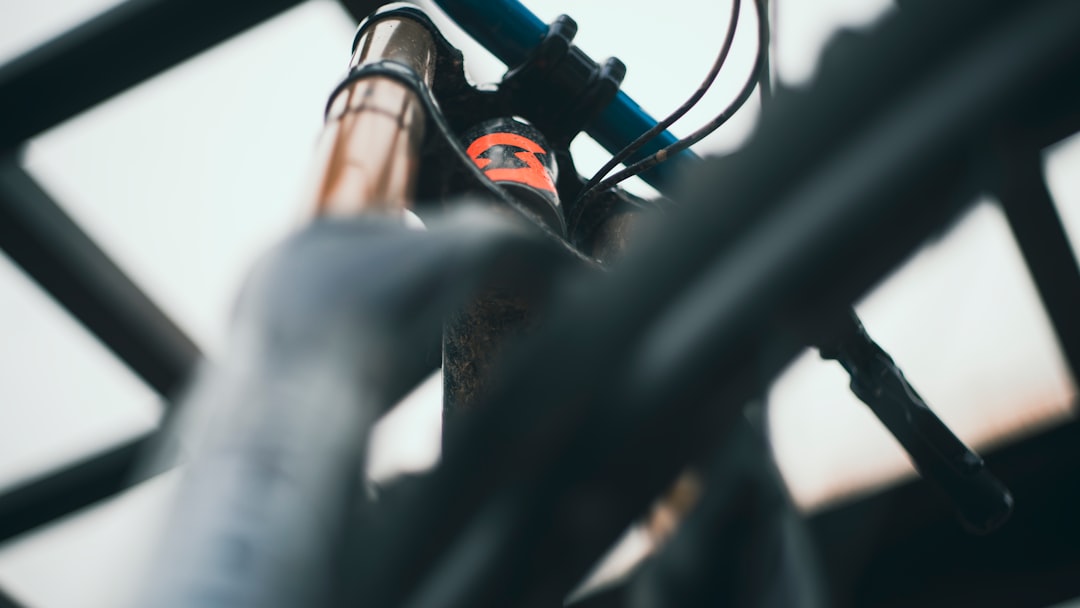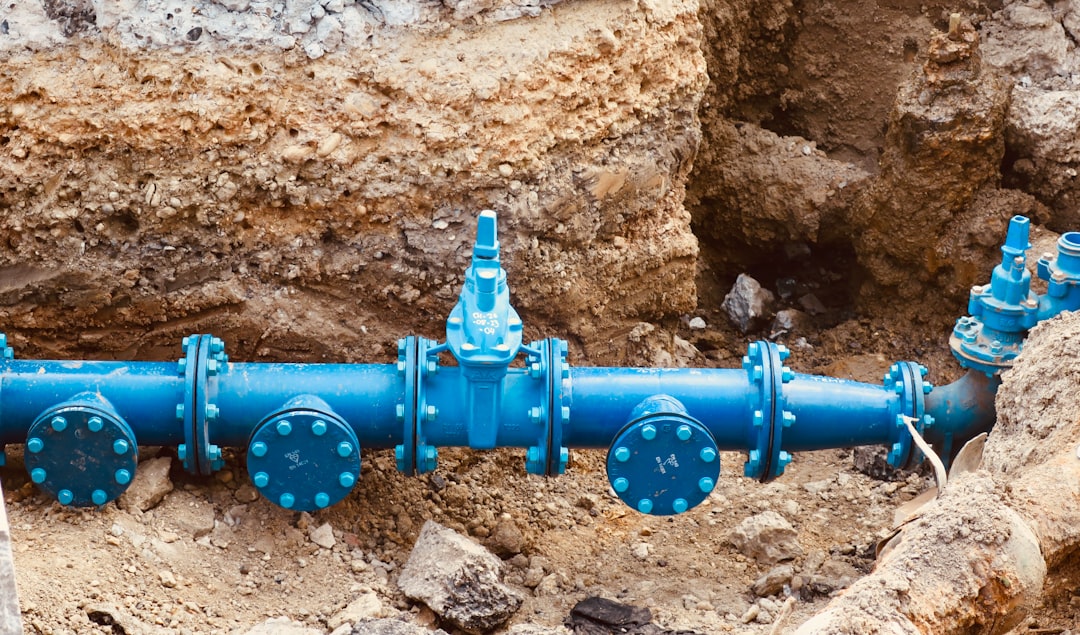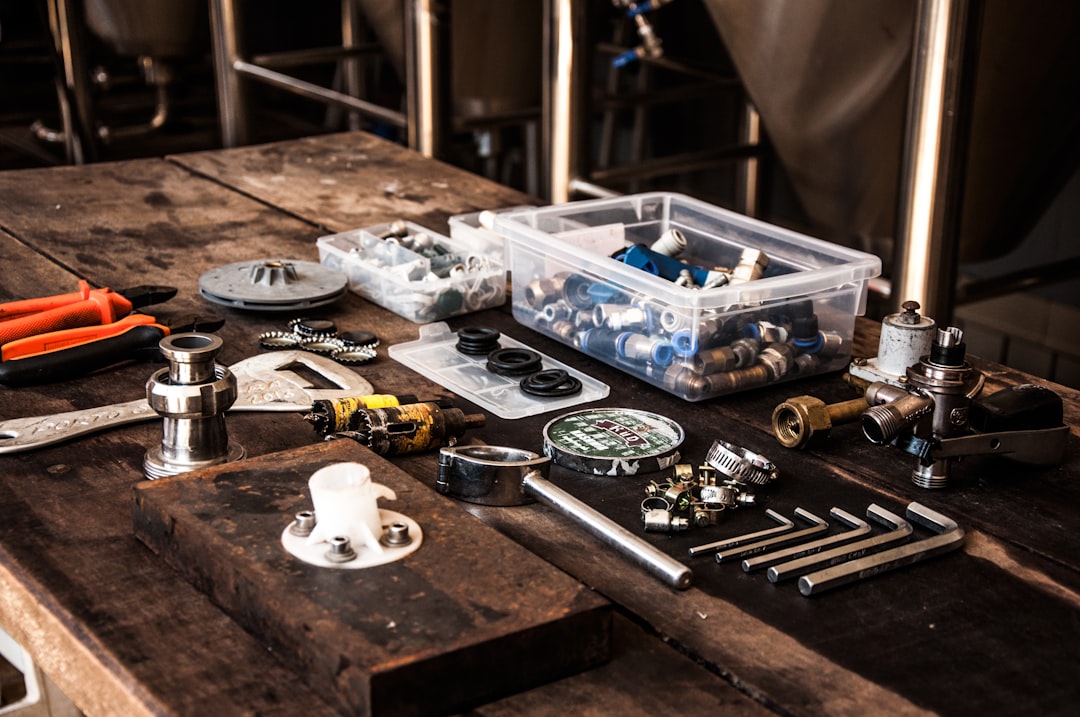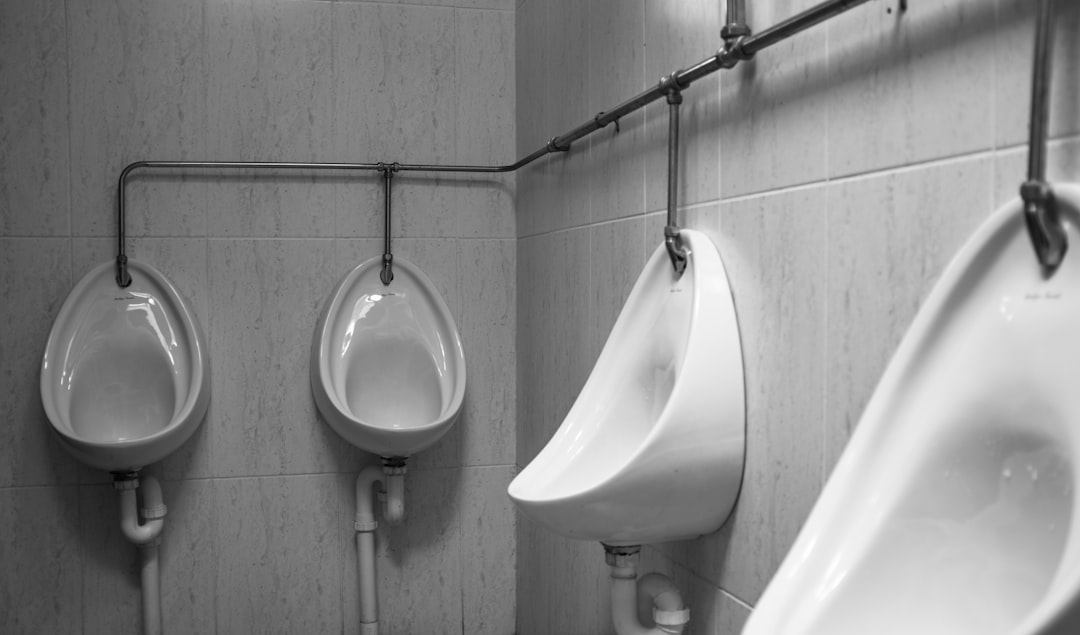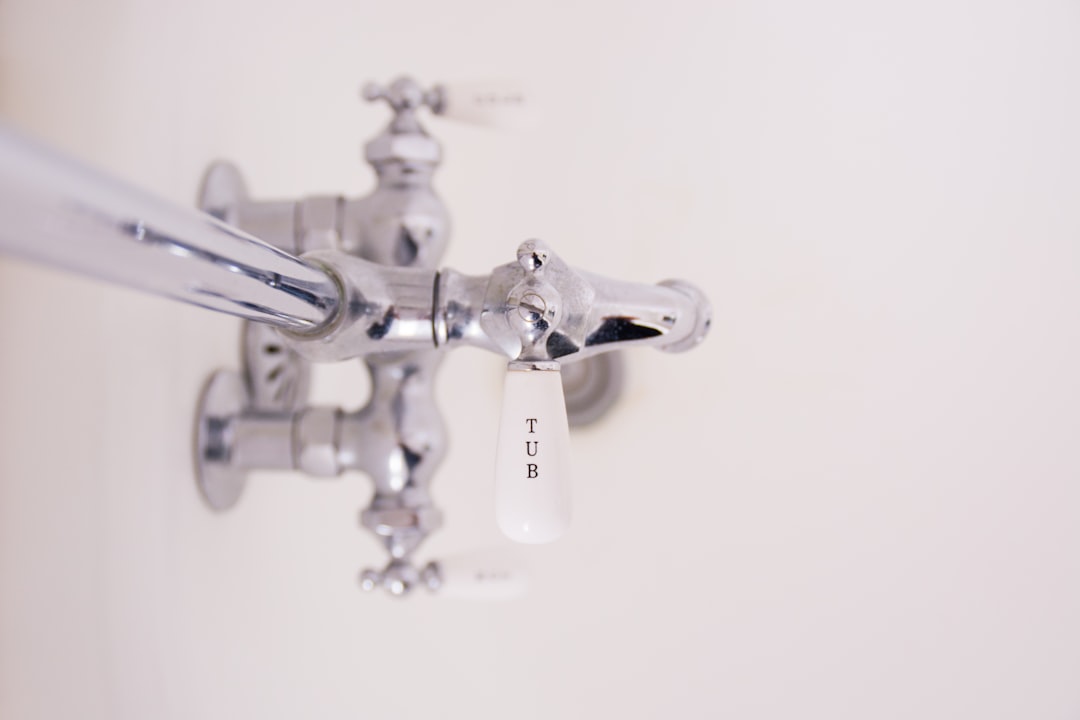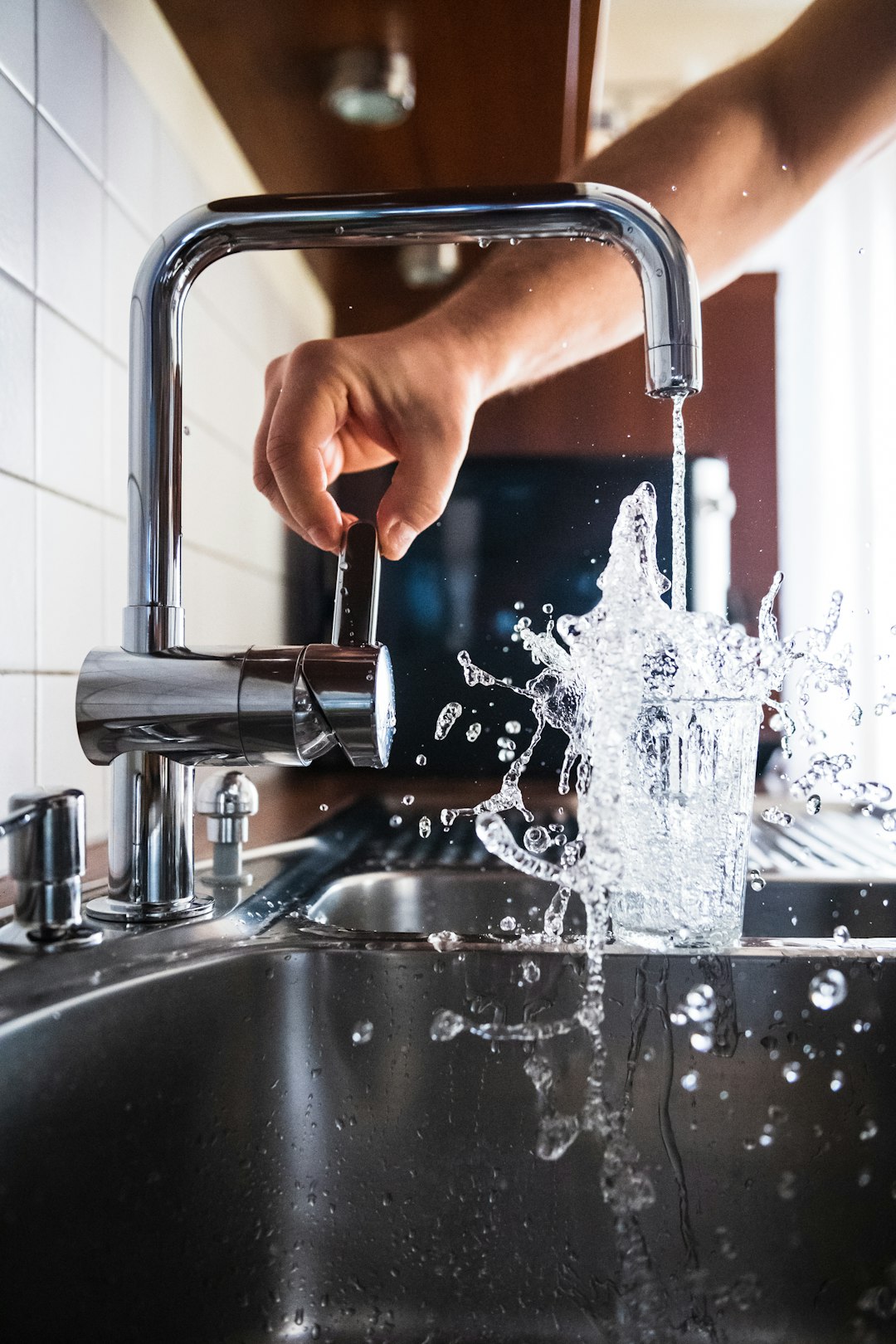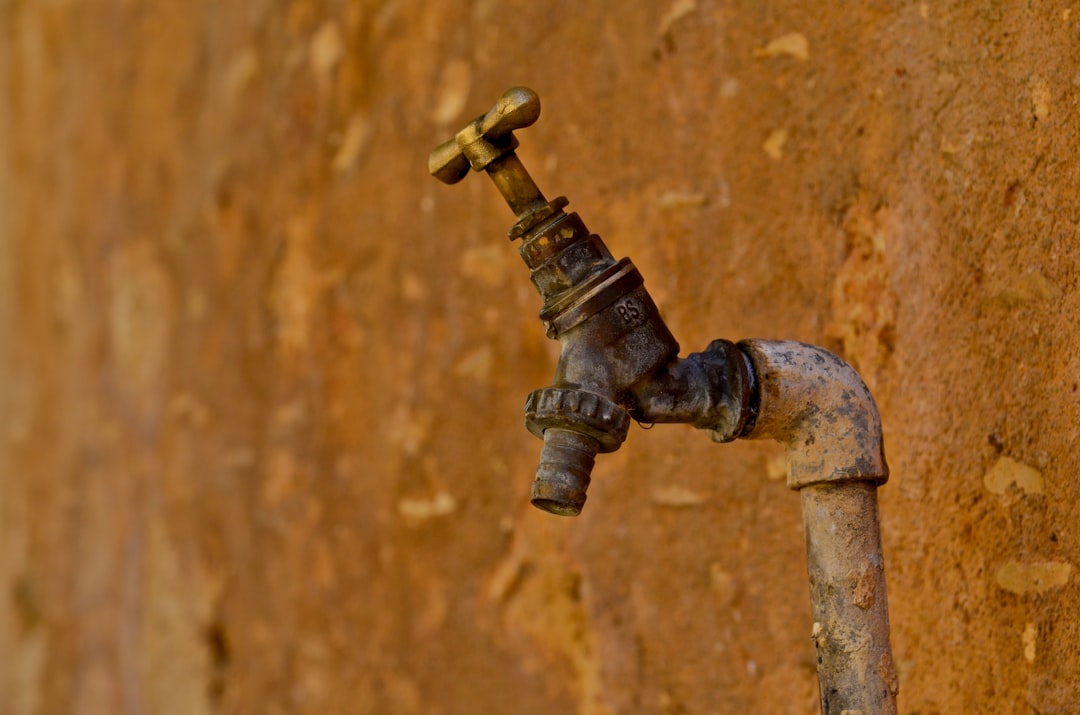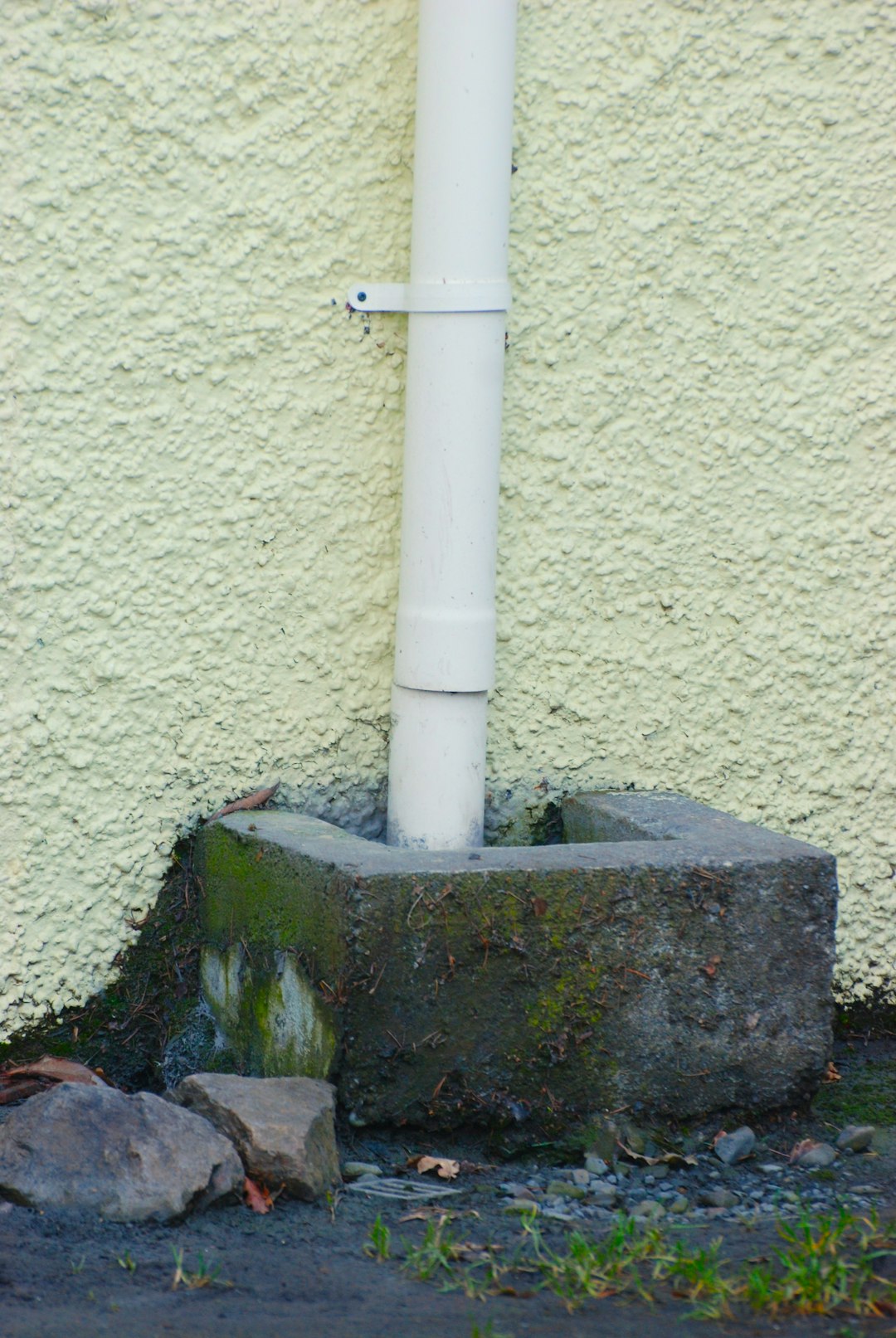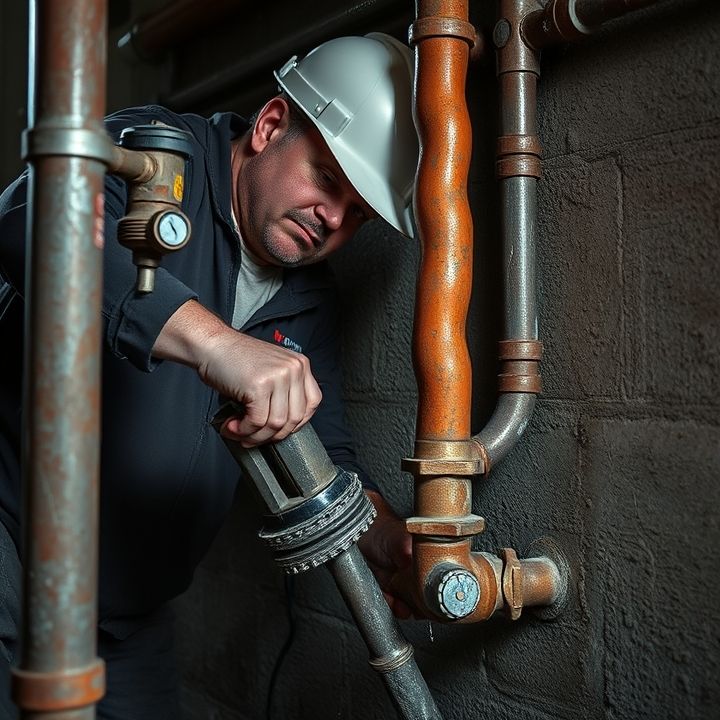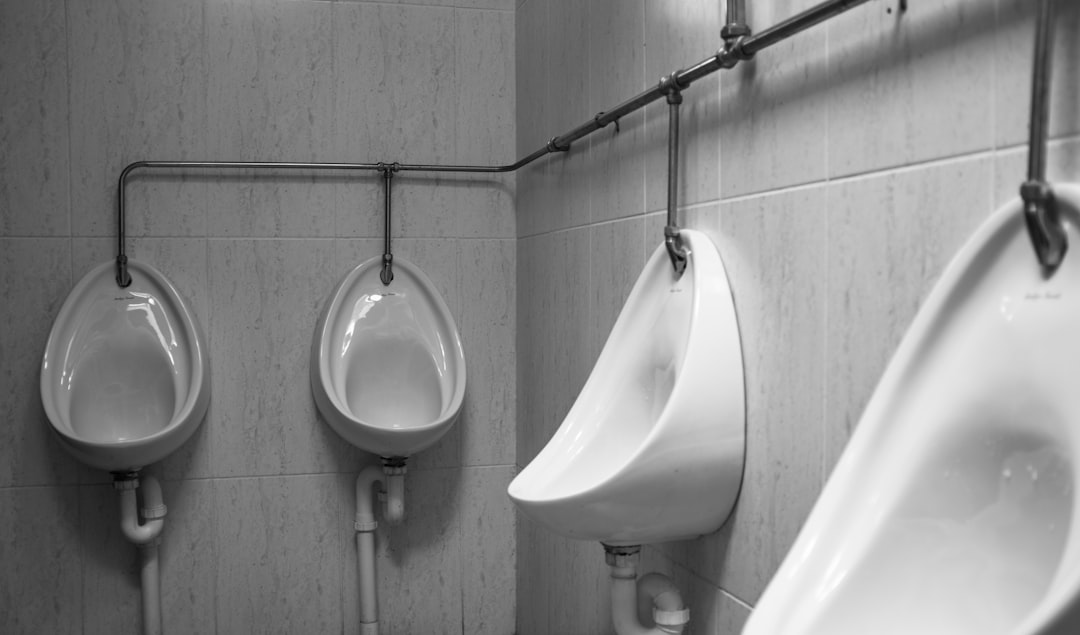Table of Contents
- Introduction
- Overview of water filtration systems and their benefits
- Role of plumbers in water filtration system installation
- Essential plumbing skills needed for installation
- Comparison of professional installation vs. DIY
- Common issues faced during installation
- Maintenance tips for water filtration systems
- Cost considerations for professional installation
- Regulations and plumbing code compliance for installations
- Conclusion
- Frequently Asked Questions
Introduction
When it comes to ensuring clean and safe drinking water in your home, the importance of a reliable water filtration system cannot be overstated. But have you ever considered who can actually install such systems?
Not only can plumbers tackle routine installations and repairs, but they also possess a wealth of expertise that can significantly enhance the effectiveness and longevity of your water filtration unit. In this article, we will explore the intriguing question: Can plumbers install water filtration systems?
As we delve deeper, you will uncover the myriad benefits of having a trained professional handle your filtration installation, along with critical considerations that may influence your choices. With the right insights, you’ll be better equipped to make informed decisions that promote the health and well-being of your family.
So, grab a cup of water and get ready to dive into the world of plumbing and filtration!
Overview of water filtration systems and their benefits
Water filtration systems are designed to remove impurities from drinking water, improving its quality and making it safer for consumption. These systems can vary widely in design and function, ranging from simple pitcher filters to complex under-sink installations and whole-house systems. The primary benefits of water filtration include the removal of contaminants such as chlorine, lead, bacteria, and other harmful substances that can affect health and taste.
In addition to enhancing the safety of drinking water, filtration systems can also contribute to better taste and odor, making water more enjoyable to drink and use in cooking. Moreover, utilizing filtered water can lead to cost savings over time by reducing the need for bottled water. Water filtration systems vary in maintenance requirements, with some needing regular filter replacements, while others incorporate self-cleaning technologies.
Overall, the adoption of water filtration systems is a proactive measure that not only safeguards health but also promotes a sustainable lifestyle by reducing plastic waste.
Role of plumbers in water filtration system installation
Plumbers play a crucial role in the installation of water filtration systems, ensuring that homes and businesses have access to clean and safe drinking water. Their expertise in plumbing systems allows them to assess the specific needs of each location, determining the best type of filtration system to install.
During the installation process, plumbers are responsible for connecting the filtration unit to the existing water supply, ensuring proper alignment and functionality. They are knowledgeable about local plumbing codes and regulations, which helps ensure that the installation meets all necessary standards.
Additionally, plumbers can provide valuable advice on the maintenance of water filtration systems, including routine checks and appropriate filter replacements. Their understanding of water pressure, flow rates, and pipe materials is essential to maximize the performance of the filtration system.
By engaging a professional plumber for water filtration installation, homeowners can be confident that the system will operate efficiently, providing clean water for drinking and cooking, while minimizing the risk of leaks and other plumbing issues.
Essential plumbing skills needed for installation
Installing water filtration systems requires a variety of essential plumbing skills to ensure effective and safe operation.
First, a strong understanding of plumbing systems is necessary. Plumbers must know how to connect the filtration system to existing water lines without causing leaks or pressure issues.
Additionally, knowledge of various pipe materials—such as PVC, copper, and PEX—is crucial, as different filtration systems might require specific fittings and connections.
Another important skill is troubleshooting. Plumbers should be capable of diagnosing potential issues, such as inadequate water flow or contamination, during and after installation.
Proper soldering and sealing techniques are also essential for ensuring that all joints are secure and leak-free.
Lastly, familiarity with local plumbing codes and regulations is vital to guarantee that the installation meets safety standards. By mastering these skills, plumbers can effectively install water filtration systems, providing clean and safe water for their clients.
Comparison of professional installation vs. DIY
When considering water filtration system installation, one major decision is whether to hire a professional plumber or to undertake the project as a DIY task. Each option presents its own set of advantages and challenges.
Professional installation offers expertise and experience that can ensure the system is correctly and efficiently installed. Licensed plumbers are familiar with local codes, can handle complex plumbing systems, and provide warranties that cover both the installation and the equipment. This can significantly reduce the risk of issues arising after installation, such as leaks or suboptimal filtration performance.
On the other hand, DIY installation presents a more budget-friendly option. Homeowners can save on labor costs and enjoy the satisfaction of completing the project themselves. However, this route requires a solid understanding of plumbing systems and the specific installation requirements of the filtration unit. Mistakes made during DIY installations can lead to costly repairs or even damage to the home’s plumbing.
Ultimately, the choice between professional installation and DIY hinges on one’s skill level, budget, and confidence in handling plumbing tasks.
Common issues faced during installation
Installing a water filtration system can present several common issues that plumbers often encounter. First, the available space for installation may be limited, especially in smaller kitchens or basements. This can make it difficult to find a suitable location for the filtration unit.
Another challenge is the existing plumbing setup. Older pipes may not be compatible with modern filtration systems, requiring additional adjustments or upgrades. Additionally, water pressure can vary, and if it’s too low, the filtration system may not function effectively.
Leakage is another concern during installation. Plumbers must ensure that all connections are secure to prevent water damage. Furthermore, depending on the system type, drilling may be necessary, which can pose issues if not done correctly or if there are hidden pipes or wires.
Lastly, proper alignment and installation of filters are crucial for optimal performance, as incorrect setup can lead to subpar filtration and increased maintenance costs. By understanding these potential issues, plumbers can better prepare and ensure a more seamless installation process.
Maintenance tips for water filtration systems
Maintaining your water filtration system is essential for ensuring its efficiency and longevity. First and foremost, regular inspection is crucial. Check the system for any leaks, unusual noises, or changes in water quality. Additionally, replacing filter cartridges at the recommended intervals is vital. Most manufacturers suggest changing filters every six months to a year, but this can vary based on usage and water quality.
Another important aspect of maintenance is cleaning the system components. For reverse osmosis systems, periodically clean the storage tank and the RO membrane to prevent the buildup of contaminants. It’s also beneficial to flush the system regularly, which helps in maintaining optimal performance.
Keep an eye on water pressure as well. Low water pressure can indicate a clogged filter, necessitating immediate attention. Lastly, documenting maintenance activities can help prolong the lifespan of your system and ensure you adhere to the maintenance schedule. By following these tips, you can keep your water filtration system functioning effectively, providing you with clean and safe drinking water.
Cost considerations for professional installation
When considering the installation of a water filtration system, cost is a significant factor that should not be overlooked. The price of professional installation can vary widely based on several elements.
First, the complexity of the filtration system plays a crucial role; systems with multiple stages or advanced technology may require more labor and expertise, thus increasing installation costs.
Additionally, regional labor rates can impact the overall price. In urban areas, where demand for plumbing services is higher, rates may be elevated compared to rural regions.
Another cost consideration is the need for any additional plumbing work or modifications to your existing system, such as new piping or electrical work, which can add to the total expense.
Finally, it’s essential to weigh the long-term savings and health benefits of investing in professional installation. While upfront costs may seem daunting, a correctly installed water filtration system could reduce maintenance costs and improve water quality for years to come.
Regulations and plumbing code compliance for installations
When considering water filtration system installations, it is crucial to adhere to local regulations and plumbing codes. These rules are designed to ensure safety, functionality, and efficiency in all plumbing-related work. Different regions may have varying laws governing the installation of these systems, including licensing requirements for plumbers.
Plumbing codes typically address aspects such as the material used in the plumbing system, the installation method, and permissible locations for water filtration units. Local authorities often require that these systems meet specific performance standards to ensure they do not compromise the quality of the water supply.
Additionally, certain filtration systems may need to be approved by health departments or other regulatory bodies before installation. Plumbers must stay informed about the latest codes and regulations to ensure compliance. Failure to follow these guidelines can lead to legal issues, potential health risks, and costly repairs. Therefore, partnering with knowledgeable plumbing professionals is essential for a successful installation process.
Conclusion
In conclusion, plumbers are invaluable when it comes to the installation of water filtration systems. Their expertise not only ensures that the installation is compliant with local regulations but also maximizes the efficiency and longevity of the system. Weighing the benefits of professional installation against DIY efforts highlights the importance of skilled workmanship for achieving optimal water quality. By hiring a licensed plumber, homeowners can save themselves potential headaches associated with improper installations, while also enjoying the long-term benefits of safe and great-tasting water. Don’t compromise on your family’s health; if you’re considering a water filtration system or need assistance with installation, call 573-555-2121 today for expert plumbing help.
